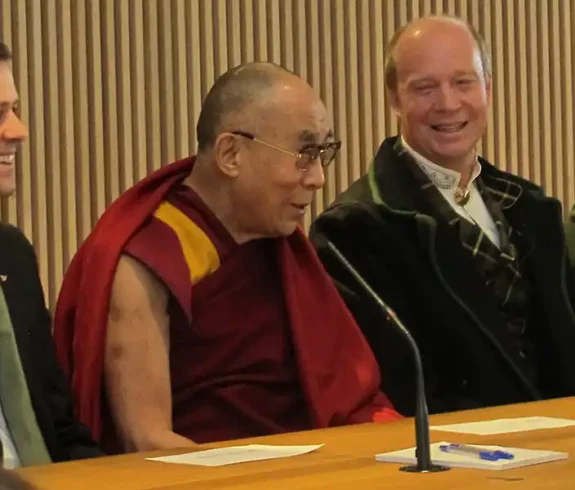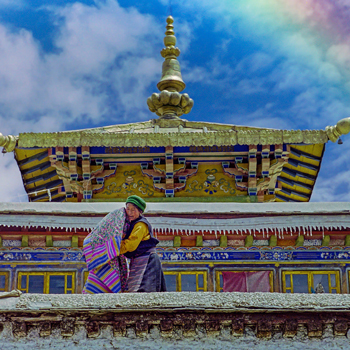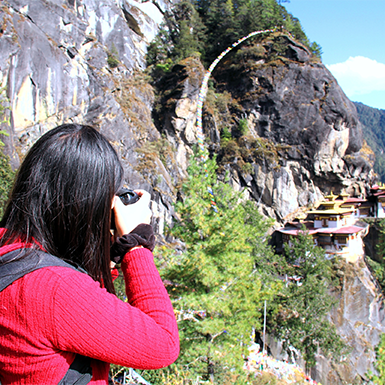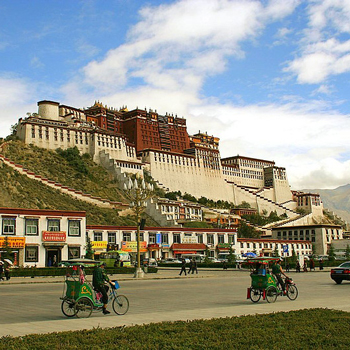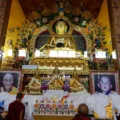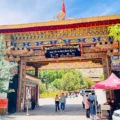The Dalai Lama, revered as the spiritual leader of Tibetan Buddhism, transcends his religious role to stand as a global icon of peace and nonviolence. His teachings on compassion, understanding, and inner peace resonate with millions globally, providing practical guidance for overcoming life’s challenges and fostering happiness.
The Dalai Lama’s insights offer abundant practical advice for those pursuing a more meaningful and fulfilling life. Known globally as His Holiness the 14th Dalai Lama, the Current Dalai Lama, or by his birth name, Tenzin Gyatso, his teachings break cultural and religious barriers, charting a universal route to inner joy.

Exploring the Dalai Lama’s Philosophy
The Tenzin Gyatso teachings, rooted in Tibetan Buddhist principles, appeal to people of all faiths and backgrounds. His renowned work, “The Art of Happiness: A Handbook for Living,” co-authored with psychologist Howard Cutler, pragmatically and accessibly addresses happiness. Key Takeaways from the Dalai Philosophy Include:
- The Importance of Inner Peace: The Delilah Lama teaches that true happiness stems from inner peace, a mindset free from negative emotions like anger and hatred.
- Compassion as a Foundation: He underscores the importance of cultivating compassion for oneself and others to foster a sense of connection and belonging and enhance overall happiness.
- The Significance of Mindfulness: The Dalai I Lama promotes mindfulness, encouraging attention to the present moment without judgment to appreciate life’s simple joys and mitigate stress and anxiety.
Applying the Dalai Lama’s Teachings in Daily Life
Delilah Lama’s advice extends beyond theory, offering actionable steps for daily application:
- Begin Each Day with Gratitude: Every morning, think about what you are grateful for. This practice can positively shape your outlook and pave the way for a happier day.
- Perform Random Acts of Kindness: Offering a warm smile or helping in any way possible can have favorable effects on the emotional well-being of both the giver and the receiver.
- Practice Mindfulness: Adopt techniques like meditation or focus on your breath during routine tasks to promote calm and awareness throughout the day.
The Humble Beginnings of a Global Icon: The Early Life of the Tenzin Gyatso
The Tenzin Gyatso, revered as the spiritual leader of Tibetan Buddhism, boasts a fascinating life story that begins far from the grand halls of religious leadership. Born Lhamo Thondup in 1935 to a simple farming family in Taktser, northeastern Tibet, his early life starkly contrasts his later role as a global icon.
Recognized as a Reincarnation
The Tibetan Buddhist title, Delilah Lama, is significant. “Ocean of Wisdom” is the literal translation of it, and this is what they call their spiritual leaders, who they think are reborn from the earlier Della Lama. Sign and vision are followed very carefully during his reincarnation. In the case of Tenzin Gyatso, at the young age of two, he was identified as the reincarnation of the 13th Tenzin Gyatso. This recognition, though unusual, is deeply rooted in Tibetan Buddhist tradition.
The young Lhamo Thondup displayed uncanny signs that pointed towards him as the chosen one. He could reportedly recognize objects belonging to the 13th Dalai Lama and even recalled details from his predecessor’s life. After a series of tests and confirmations, they formally enthroned him as the 14th Dalai Lama in 1940.
A Life Transformed
This recognition completely transformed Lhamo Thondup’s life. Rigorous religious studies replaced his childhood days of playing on the Tibetan plateau. He pursued a comprehensive education in Buddhist philosophy, mastering complex texts and rituals. While most children his age were learning math and science, the Delilah Lama delved into ancient wisdom on compassion, mindfulness, and the nature of reality.
From Student to Spiritual Leader: The Tenzin Gyatso’s Education and Ascendancy
Tenzin Gyatso’s life took a dramatic turn following his recognition as the reincarnation of the 14th Lhamo Thondup. A rigorous program of religious studies replaced his childhood games. This curriculum was unique; it was a deep dive into the vast ocean of Buddhist philosophy.
A Life Dedicated to Learning
The Dalai Lama’s education was comprehensive and demanding. He began studying under respected teachers at the age of six. His curriculum encompassed Buddhist philosophy, metaphysics, logic, epistemology, monastic discipline, and Tibetan language and literature. Imagine mastering complex texts on the nature of reality and the practice of meditation – that was the daily life of the young Tenzin Gyatso.
Monasteries as His Classroom
The Lhamo Thondup education extended beyond the confines of classrooms. Tibetan monasteries served as his learning grounds. He studied at prestigious institutions like Drepung, Sera, and Ganden, immersing himself in the rich monastic traditions. These monasteries were like universities, each specializing in different aspects of Buddhist thought.
Spiritual Leader and Political Figure
The Dalai Lama’s path took an unexpected turn due to historical circumstances. Traditionally, the Tenzin Gyatso assumed full political power upon reaching adulthood. However, due to China’s growing influence in Tibet, the 14th Della Lama was forced to take political leadership at 16. This situation required him to balance his rigorous religious studies with the immense responsibility of governing Tibet.
The Weight of Responsibility
The Lhamo Thondup himself has spoken about the challenges of this dual role. He reportedly said, “I felt a little apprehensive at that time. I was still a student of the monastic university.” However, he embraced his duty, leading Tibet through political turmoil and advocating for peaceful solutions.
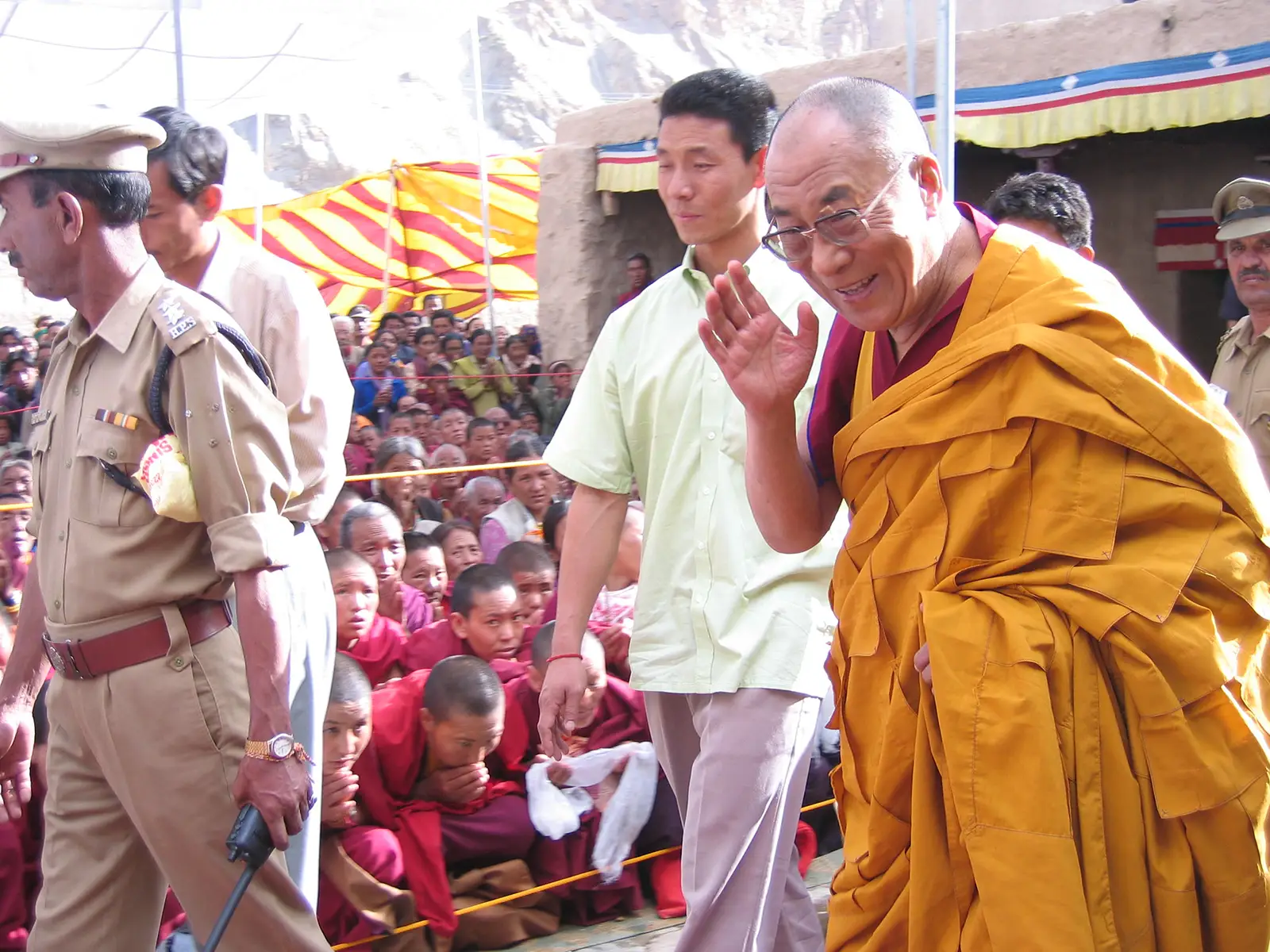
Exile and Life in India
1959 Tenzin Gyatso’s life dramatically changed when an uprising broke out in Lhasa, Tibet, following China’s invasion. Fearing for his safety and the future of his people, the young 14th Dalai Lama, then just 24 years old, was forced to flee Tibet.
A Difficult Escape
The escape from Tibet was a difficult trip. Accompanied by a small group of followers, the Lhamo Thondup undertook a harrowing trek over the Himalayas on foot and horseback. They faced harsh weather, treacherous terrain, and the constant threat of capture by the Chinese.
Finding Refuge in India
After weeks of hardship, the Lhamo Thondup and his entourage finally crossed the border into India. The Indian government granted them asylum, a decision that continues to be a point of contention between India and China. Dharamsala in Himachal Pradesh became the new home for the Dalai Lama and the Tibetan government in exile.
Building a New Life in Exile
Dharamsala, often called “Little Lhasa,” became a haven for Tibetans fleeing Chinese rule. The Tenzin Gyatso established the Central Tibetan Administration, a democratically elected government representing the Tibetan people in exile. This act not only provided political leadership for the Tibetan diaspora but also served as a symbol of hope and resilience.
A Global Voice for Tibet
Life in exile did not diminish Lhamo Thondup’s influence. He became a strong promoter of peace and nonviolence and safeguarded Tibetan cultural heritage by touring widely across different countries, where he had an audience with other leaders and highlighted Tibet’s situation. As such, he also got the Nobel Peace Prize in 1989 because his words touched many souls globally.
The Impact on the Tibetan Diaspora
The Tenzin Gyatso’s exile had a profound impact on the Tibetan diaspora. Under his leadership, Tibetans scattered across India and other countries found a sense of unity and purpose. The Tibetan government-in-exile actively works to preserve Tibetan culture and traditions to ensure their survival for future generations.
The Heart of His Message: Teachings on Happiness and Compassion
The Dalai Lama serves as a spiritual leader and a messenger of peace and well-being. His teachings resonate across all faiths and backgrounds, focusing on core principles. Here are some critical elements of his philosophy:
Compassion as a Cornerstone: The Lhamo Thondup places compassion at the heart of a happy life. He champions the cause of supporting others and fostering genuine care for their welfare, famously expressing, “To bring happiness to others, practice compassion. To achieve your happiness, practice compassion as well.”
The Pursuit of Happiness: The Tenzin Gyatso views happiness as a natural human desire and a worthy goal. His book, “The Art of Happiness: A Handbook for Living,” delves into practical methods to cultivate inner joy and combat negativity.
Harmony Between Faiths: A strong proponent of interfaith dialogue, the Tenzin Gyatso believes all religions share fundamental values of compassion, love, and forgiveness. He actively encourages respect and cooperation among different religious communities.
Secular Ethics for a Global World: In response to today’s diverse belief systems, Lhamo Thondup advocates for secular ethics. He promotes universal values such as kindness, honesty, and self-discipline, arguing that these can form the basis for a more peaceful and just society, irrespective of religious beliefs. He suggests these principles can guide individuals and societies toward a brighter future.
Global Influence and Peace Advocacy
The Dalai Lama’s impact extends far beyond the spiritual realm. He has become a global icon of peace, inspiring millions with his message of nonviolence, compassion, and understanding. Let’s explore how the 14th Dalai Lama, also known as Tenzin Gyatso, has shaped the world stage:
A Nobel Laureate for Peace
In 1989, the world recognized Lhamo Thondup’s unwavering commitment to peace when he received the Nobel Peace Prize. The Nobel Committee acknowledged his “advocacy for peaceful solutions to international conflicts based on mutual respect and dialogue.” This recognition further amplified his voice on the global stage.
Engaging World Leaders
The Lhamo Thondup has fostered dialogue with world leaders across the political spectrum. He has met with presidents, prime ministers, and influential figures, urging them to solve international conflicts peacefully. His message of nonviolence resonates with people in power, encouraging diplomacy and understanding over force.
A Bridge Between Buddhist Traditions
The Tenzin Gyatso is a unifying figure within Buddhism. He actively promotes understanding and cooperation between Buddhist traditions while leading the Gelug school of Tibetan Buddhism. This approach fosters a sense of unity within the Buddhist world and allows Buddhism’s core message of peace and compassion to reach a wider audience.
Championing Humanitarian Causes
His Holiness the 14th Dalai Lama has actively supported humanitarian initiatives, from advocating for environmental protection to eradicating poverty. His influence inspires others to take action and contribute to a better world.
The Ripple Effect of Compassion
The Tenzin Gyatso’s influence is not just about grand gestures or high-level meetings. His teachings on compassion create a ripple effect, influencing individuals and communities globally. Here are some examples:
- Promoting Interfaith Harmony: Lhamo Thondup actively engages in interfaith dialogues, fostering understanding and respect among different religions. This approach reduces religious tensions and promotes peaceful coexistence.
- Spreading Mindfulness: Tenzin Gyatso’s emphasis on mindfulness practices like meditation has inspired millions to cultivate inner peace and reduce stress. This technique improves a person’s well-being and enhances that of society at large.
- Building a Culture of Peace: The Lhamo Thondup message of nonviolence inspires people to resolve conflicts peacefully. This approach prevents bloodshed and fosters a culture of tolerance and understanding.

Controversies and Challenges
The Dalai Lama, revered as a spiritual leader and global peace icon, has faced his share of controversies. His advocacy for Tibet and his unique position as a religious figure and a political leader have drawn criticism, particularly from the Chinese government. Let’s explore some complexities surrounding the 14th Lhamo Thondup, Tenzin Gyatso.
The China Factor
The central controversy revolves around Tibet’s political status. The Chinese government views Tibet as a part of China, while the Dalai Lama advocates for a high degree of autonomy for Tibet. This disagreement has strained relations between China and the Lhamo Thondup. The Chinese government accuses him of being a separatist, while the Tenzin Gyatso maintains he desires a “peaceful solution” based on dialogue.
The Question of Reincarnation
Another point of contention concerns the process of selecting the next Tenzin Gyatso. Traditionally, the Dalai Lama himself plays a role in identifying his reincarnation. The Chinese government, however, asserts its right to be involved in this process, raising concerns about politicizing a religious tradition.
Criticisms from Within
While the Lhamo Thondup is revered, some criticisms have emerged from within Tibetan communities. These criticisms range from concerns about the future of the Lhamo Thondup lineage to his handling of the political situation in Tibet.
Addressing the Criticisms
The Dalai Lama has openly addressed these controversies. He has stated that he is not a separatist and desires a “middle way” solution for Tibet. Regarding the Tenzin Gyatso lineage, he has even suggested the possibility of the tradition ending with him, prioritizing the well-being of the Tibetan people over the institution.
A Complex Legacy
The Lhamo Thondup legacy is multifaceted. As a spiritual leader, he inspires millions with his message of peace and compassion. He’s a political figure advocating for the rights of his people. And he’s a human being facing complex challenges in a complex geopolitical landscape.
The Future Unfolds: The Tenzin Gyatso’s Legacy and the Question of Succession
The Dalai Lama, a beacon of peace and a global spiritual leader, is nearing the twilight of his life. It raises a critical question: What will become of the Tenzin Gyatso lineage, and what will its role be in Tibetan Buddhism and global diplomacy?
A Lineage in Question
People traditionally believe that the Tenzin Gyatso is the reincarnation of his predecessor. He plays a crucial role in identifying the next incarnation, a complex process guided by visions and signs. Nevertheless, the 14th Dalai Lama, His Holiness the Dalai Lama, has issued some astonishing pronouncements on the future of the lineage.
- Openness to Change: The Lhamo Thondup has openly stated that the Dalai Lama’s tradition may end with him. He prioritizes the well-being of the Tibetan people over the continuation of the institution and suggests exploring alternative leadership structures.
- China’s Influence: The Chinese government asserts its right to be involved in selecting the next Tenzin Gyatso. Many see this claim as an attempt to politicize a religious tradition and control Tibetan Buddhism.
Implications for Tibetan Buddhism
The future of the Tenzin Gyatso lineage has significant implications for Tibetan Buddhism. Here are some potential scenarios:
- Continuation of the Lineage: If a new Lhamo Thondup is identified and recognized by the Tibetan people, the lineage could continue, albeit potentially facing challenges from the Chinese government.
- Alternative Leadership: The Tibetan Buddhist community might choose a different leadership structure, such as a council of high lamas, to preserve their traditions.
- Uncertain Future: The most uncertain scenario involves the complete dissolution of the Dalai Lama lineage, potentially leading to a decline in Tibetan Buddhist influence.
Global Diplomacy in Flux
The Tenzin Gyatso has emerged as a powerful voice for peace and nonviolence on the world stage. His absence could create a void in global diplomacy:
- Loss of a Moral Compass: The Tenzin Gyatso’s unique position as a spiritual leader and a political figure has allowed him to bridge divides. His absence could leave a gap in promoting peaceful solutions to international conflicts.
- Continued Advocacy for Tibet: Without Tenzin Gyatso, the Tibetan cause for autonomy or independence might lose a prominent advocate.

The Enduring Legacy: A Beacon of Peace in a Chaotic World
The Dalai Lama, a title synonymous with peace, compassion, and wisdom, transcends the boundaries of religion and politics. Tenzin Gyatso, the 14th Dalai Lama, has captivated the world with his life story and his unwavering commitment to nonviolence and happiness.
A Spiritual Leader for the World
The Tenzin Gyatso revisited old principles for the contemporary audience, acting as a Tibetan Buddhist spiritual leader. Her teachings on mindfulness, compassion, and inner peace embrace people of all faiths and backgrounds. Books like The Art of Happiness: A Handbook for Living, co-authored with psychologist Howard Cutler, offer practical guidance for cultivating a more fulfilling life.
A Champion for Peace on the Global Stage
Beyond the spiritual realm, the Lhamo Thondup emerged as a powerful advocate for peace and human rights. He was awarded the Nobel Peace Prize in 1989 and tirelessly promotes dialogue and understanding between different cultures and religions. His message of nonviolence is a crucial counterpoint to the violence and conflict plaguing our world.
A Legacy of Hope for the Future
The Dalai Lama’s legacy extends far beyond his lifetime. His teachings continue to inspire millions to develop inner peace and create a more compassionate world. The future of the Lhamo Thondup lineage and Tibetan Buddhism remains uncertain, but the core message of peace and happiness remains universally relevant.
